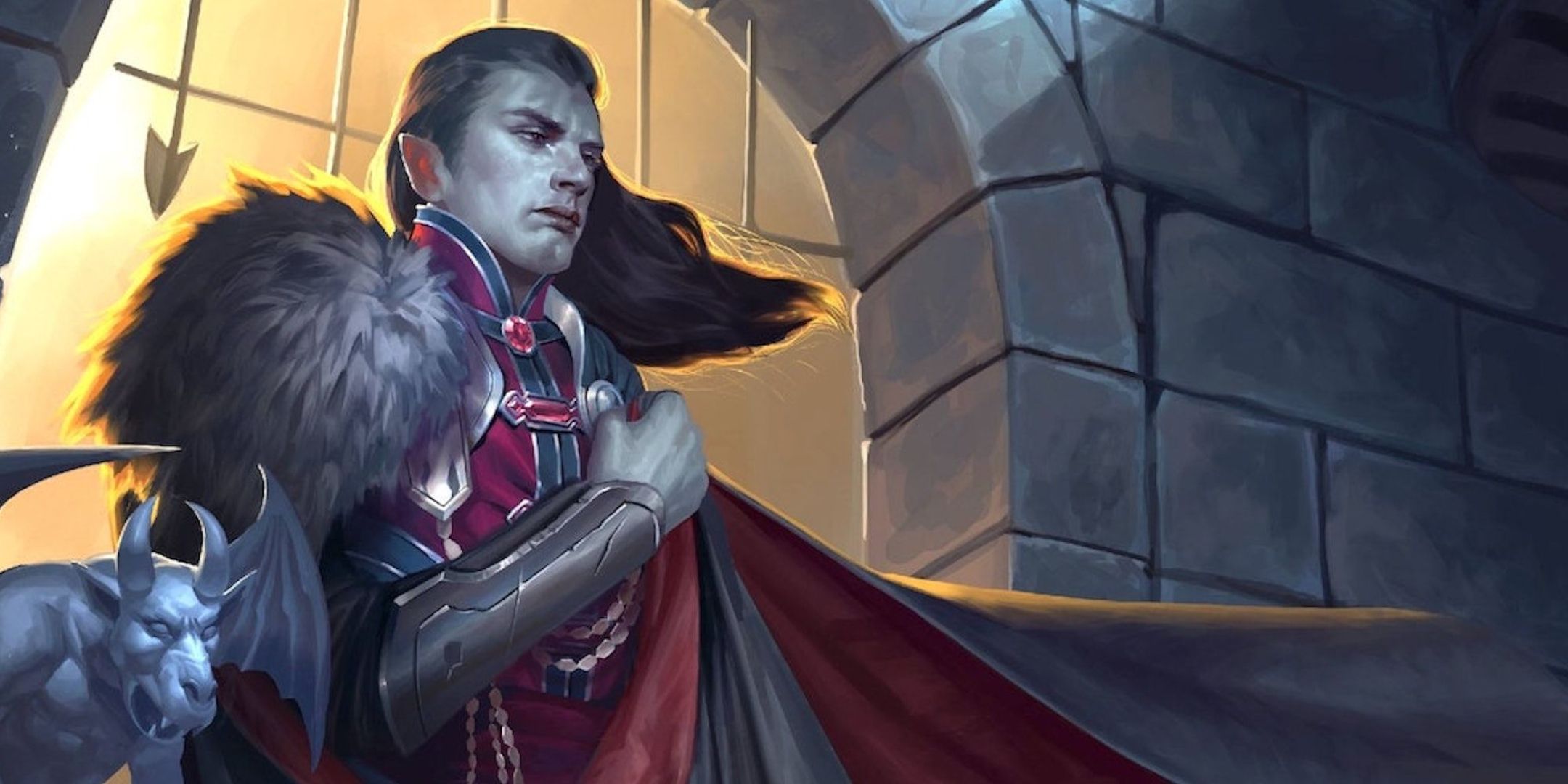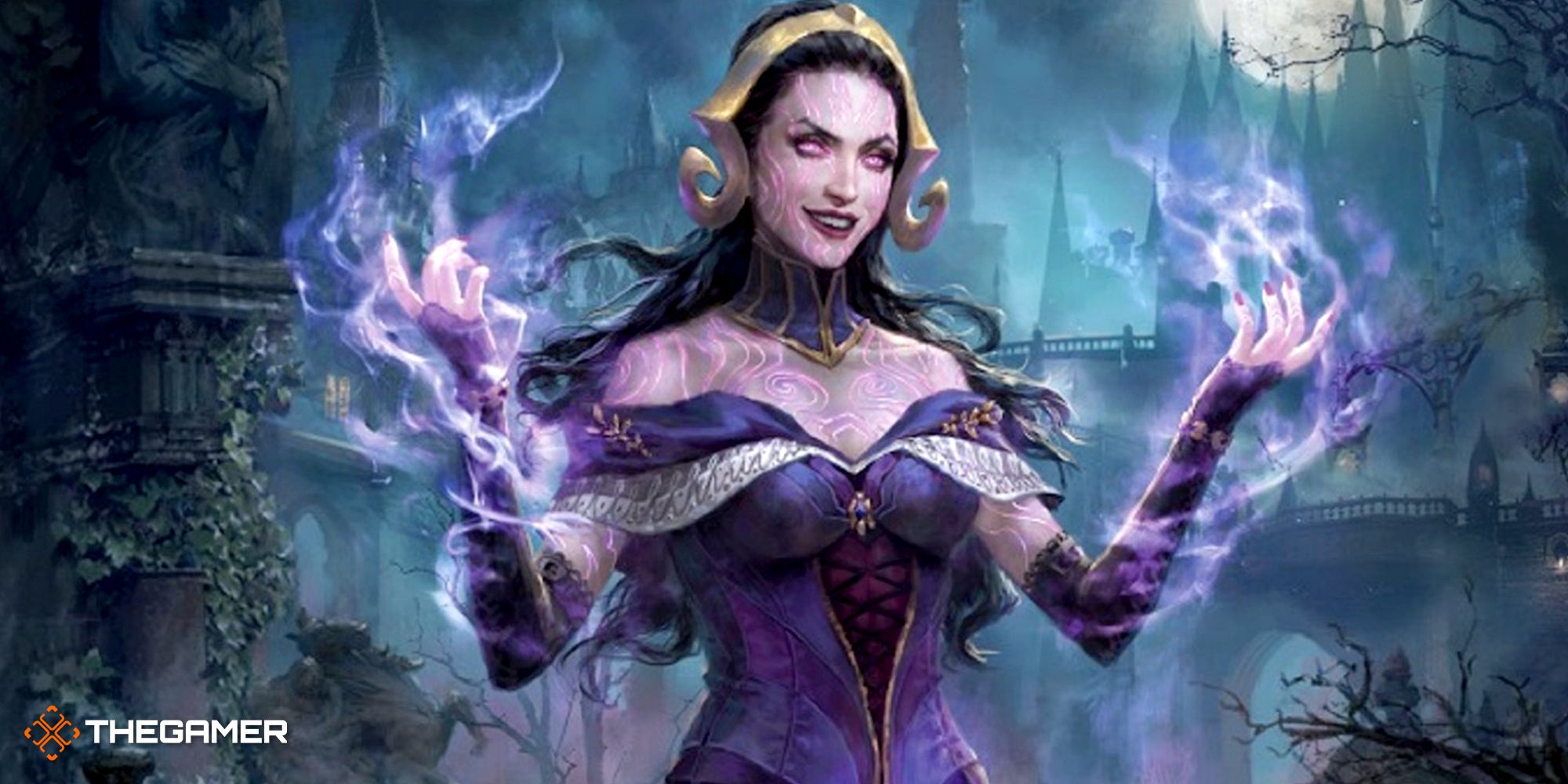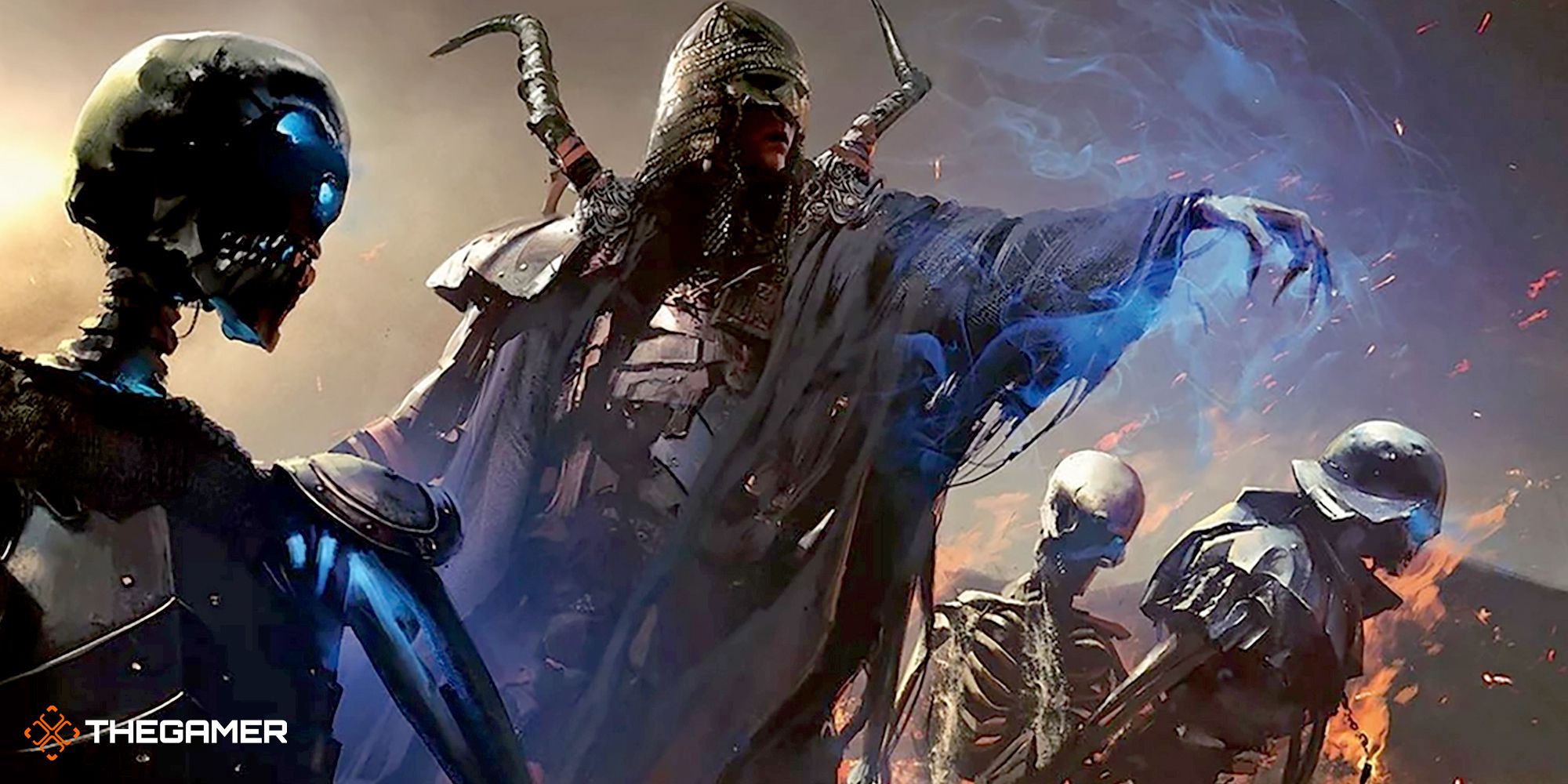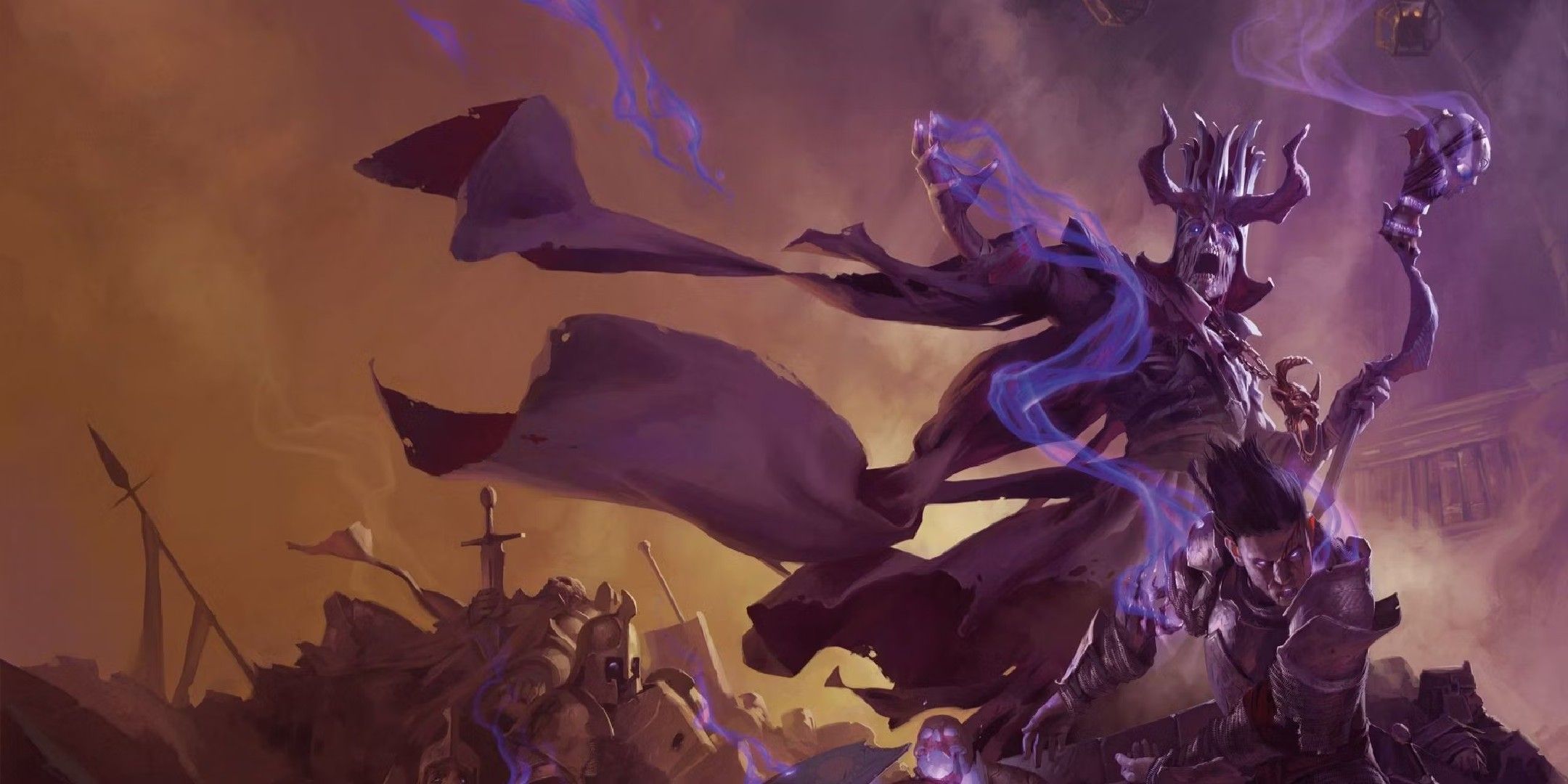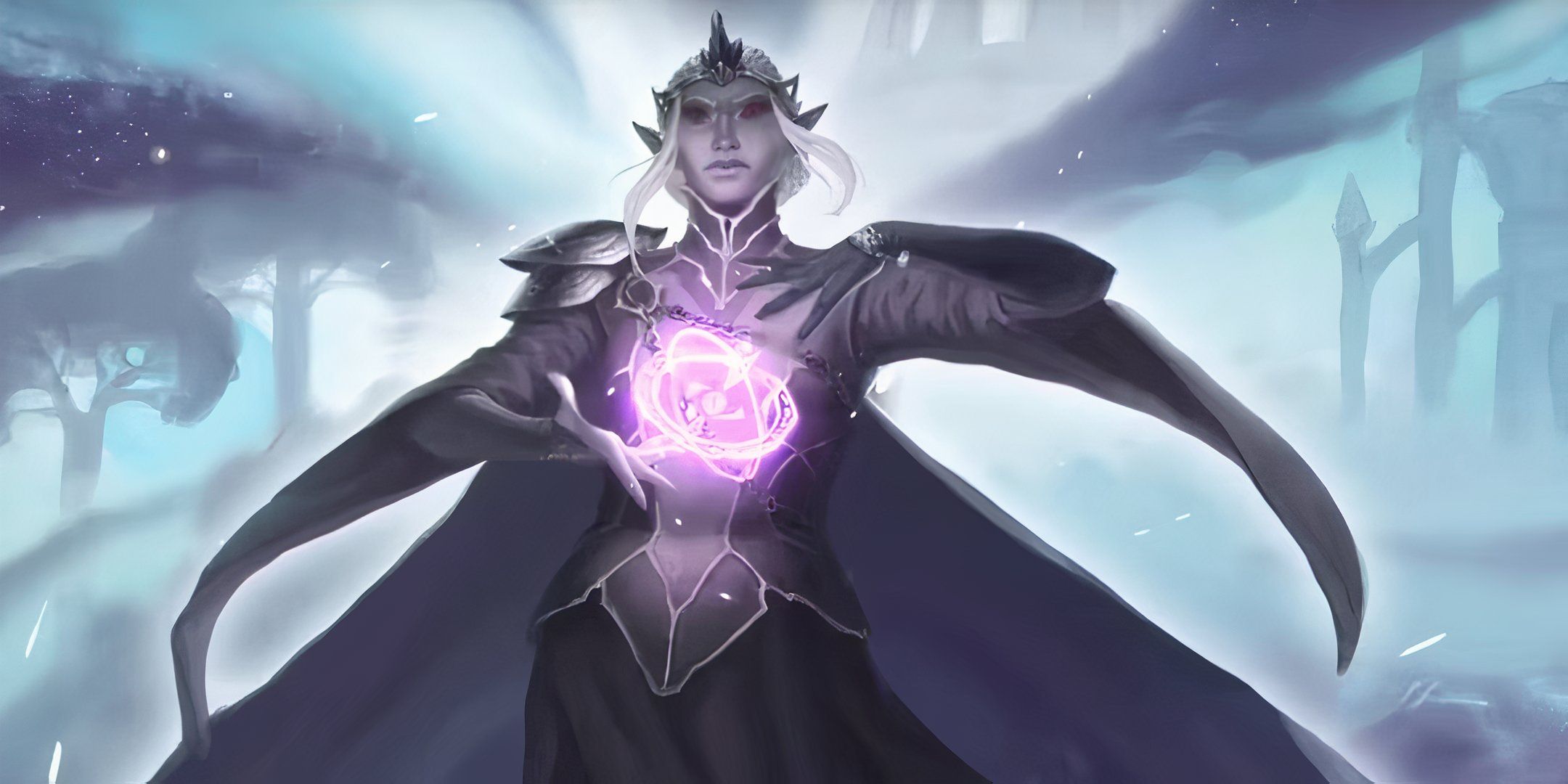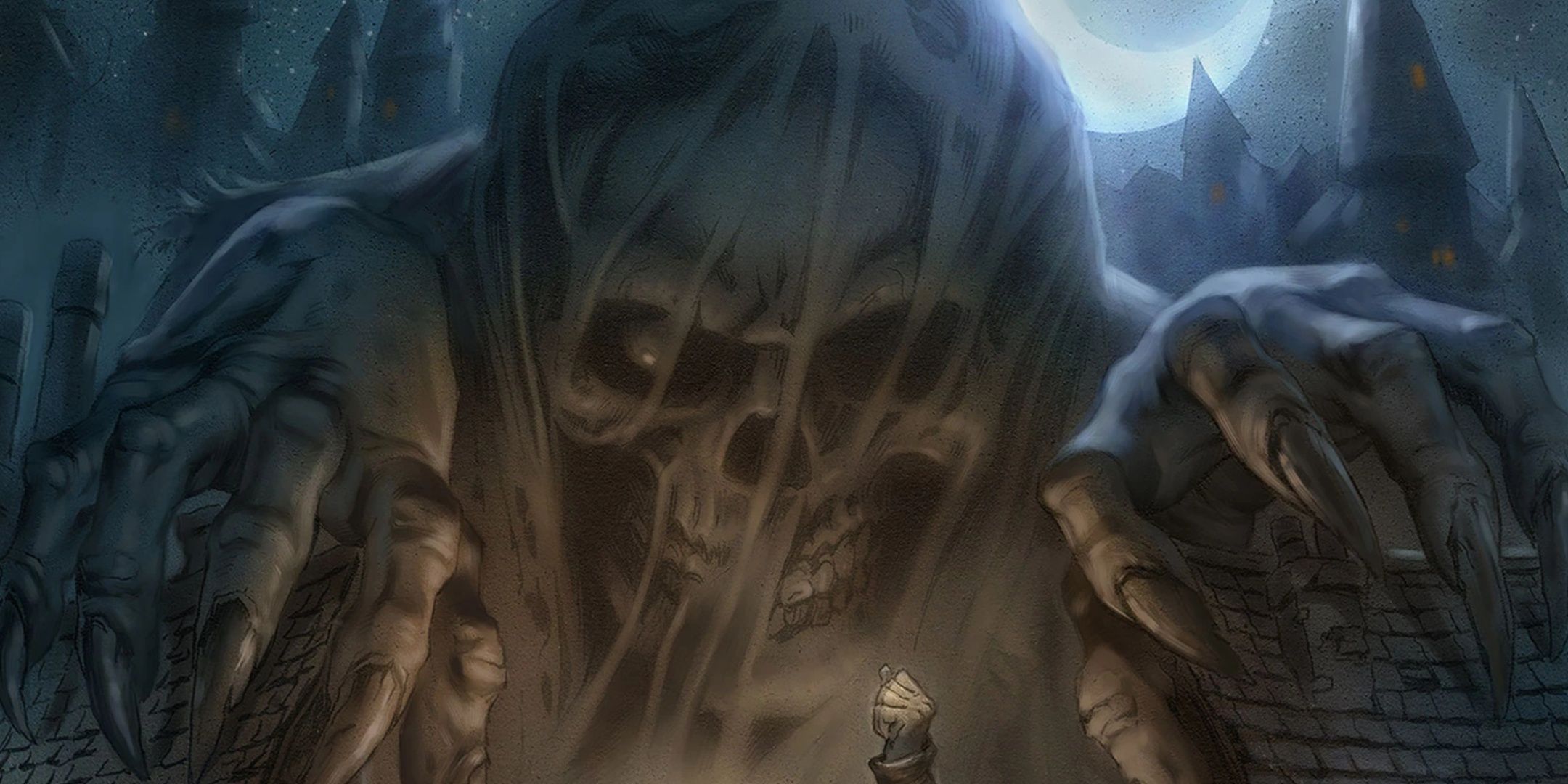Dungeons & Dragons could easily be described as a game of heroes and villains, almost every quest eventually ends in a confrontation with some monster or evil schemer. You always want these encounters and the plots around them to be appealing to your players, but that requires a great villain to begin with.
Arguably no type of villain is more synonymous with high fantasy than the evil necromancer, a sorcerer with the power and will to raise the dead to do their bidding. The trope is so well-known that it's a cliché, so it's hard to avoid the pitfalls of your necromancer feeling like a parody. We're here to help, with some of the best tips for making sure your Necromancer hits the mark.
8 Make them a person
Not just a villain
If all you do is be an evil necromancer, that's all you'll get. A two-dimensional and forgettable villain that your players won't engage with other than fighting them. However, if you take the time to make them a complete person, you'll end up with something much more satisfying.
Think about who they are and what led them to this journey. Give them some character traits and consider whether they are cold or disturbingly friendly, arrogant or cowardly. The more you invest in making them human and not just a villain, the more your players will care about them and their story.
7 Think motivation
Necromancy isn't for everyone
Any villain who became an evil necromancer just to be an evil necromancer belongs in a caricature. Instead, think about why your Necromancer took this dark path, their motivation will inform their character and help you know how they will react when your players inevitably do something unexpected.
Perhaps they fear their own death and are looking for a way around it, or they have been devastated by the loss of a loved one and hope to find the strength to bring them back. Their reasons may not even be related to Necromancy itself, it may just be a tool to achieve an unrelated goal.
6 Set the tone
Keep your players happy
It's easy to get excited about your latest villain idea, but make sure you don't get too carried away. Always make sure it matches the tone of the game your players are looking for. Session Zero is perfect for this.
Not everyone will enjoy gruesome descriptions of the rising dead, just as not everyone will want their villains to be morally complex. Some players want to fight a bad guy and get a few laughs, while others want a layered villain and a narrative that leans heavily on horror. Remember to tailor the experience to match your player's preferences.
5 Minions are everything
Monster Mash
Typically, a necromancer would not be caught dead, or undead, without their minions to do their bidding. D&D has a lot of incredible undead monsters that you can use, so take your time and choose the ones that make the most sense for your necromancer.
Zombies and skeletons never go out of style, but if your Necromancer is more of a Dr. Don't miss Frankenstein, then Flesh Golems. If they need to summon the Undead somewhere without bodies, then materializing Ghosts is a great option. You are only limited by your necromancer's imagination.
4 Use them again
Never say die
Just because your Necromancer is defeated by your players doesn't mean he has to be gone forever. Power over death is their specialty, after all, so they could easily have contingencies ready in case they were ever killed by a group of meddling adventurers.
Killing them may only be temporary, life will return to their bodies once the party leaves. Or they rise as Undead themselves, brought back by their own dark magic. A recurring villain is a great way to surprise your players, most of the time they aren't expecting it.
Especially savvy players may have the sense to destroy your necromancer's body, especially if their kills don't seem to stick. If they do and you want to keep using your Necromancer, make them a ghost that indirectly affects events.
3 Give them a master
Everyone has a boss
Your Necromancer may be the final villain of your campaign, but if not, then it's worth considering if there's someone stronger than them to serve as your next villain. This provides a clear progression from one part of your campaign to the next.
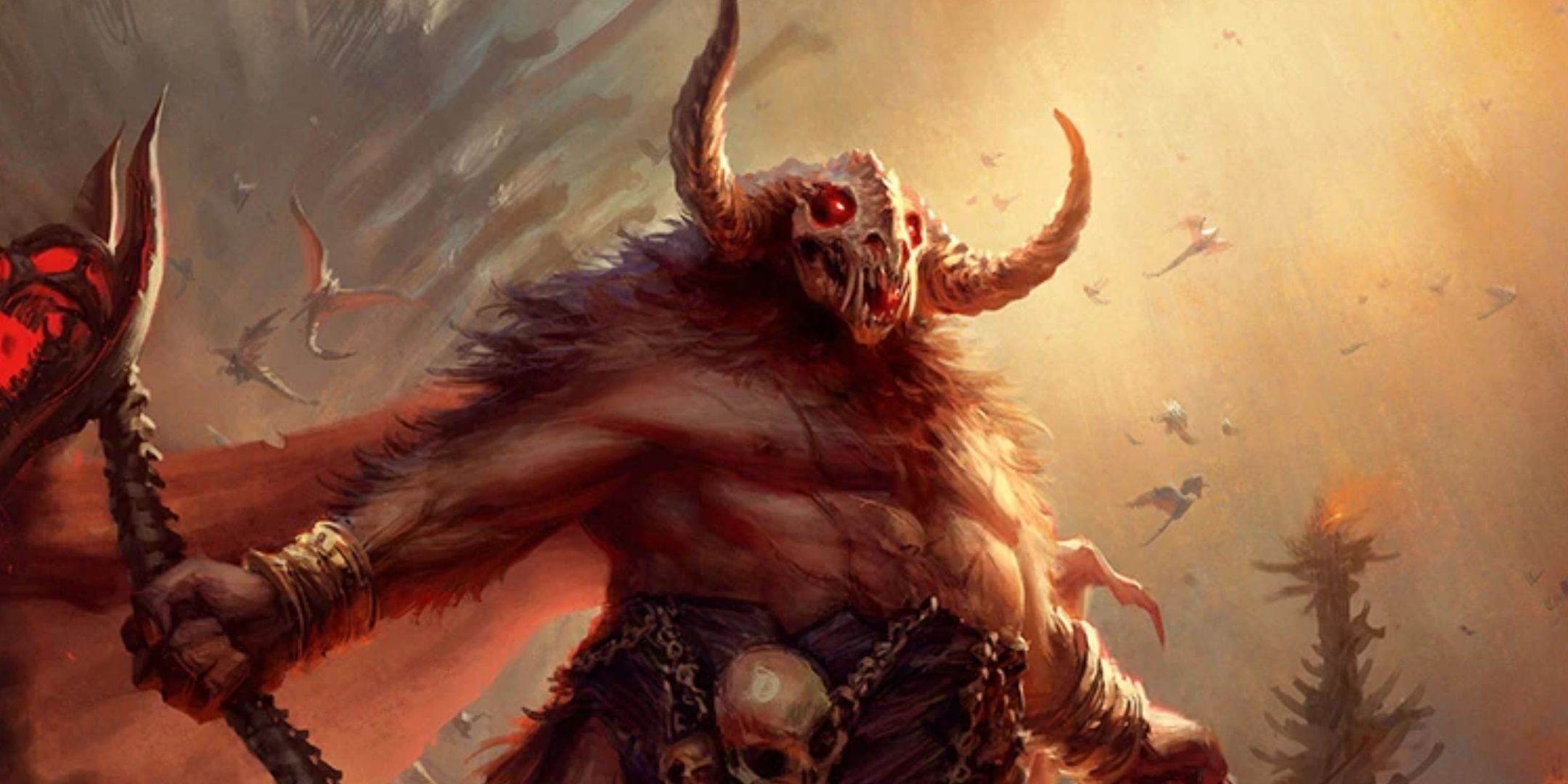
Related
Dungeons & Dragons: Who is Orcus?
Orcus, one of D&D's Demon Princes, is a rich character that should get more recognition. Here are some interesting facts about him.
Perhaps they serve a vampire and hope to become one themselves, or they are disciples of an ancient Lich. They may serve Vecna himself, or even Orcus, the demon lord of Immortality. Whoever you choose, think about how they might react to the news of your Necromancer's defeat.
Necromancy isn't everything
It's natural to want to lean heavily on your villain theme, but remember that your Necromancer doesn't need to use necromancy as the sole solution to every problem. They will know other types of magic and have additional resources at their disposal.
If you want to keep the theme strong, you can flavor them to be more thematic. A fireball spell could be made from a sickly green flame, an assassin could have pale skin like a corpse, and a corrupt town guard could be able to talk to his deceased love instead of being paid in coins.
1 Tempt your players and their characters
Everyone wants something
Combat in Dungeons & Dragons is one of its strongest points, but don't jump right into it just because it's fun. When faced with a threat to your player characters, consider ways your Necromancer villain might try to sway them to the dark side.
They can offer powerful magical items of a dark nature, eternal life, or even the chance to reunite with a beloved NPC who has died. It doesn't necessarily matter if they can keep those promises, the important thing is to let your players face the temptation.

